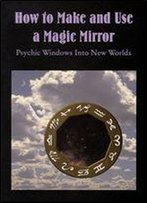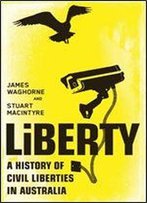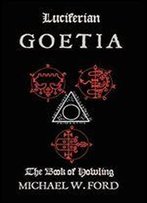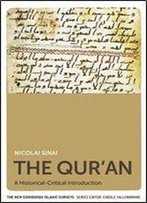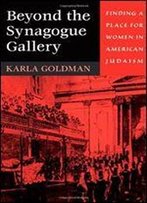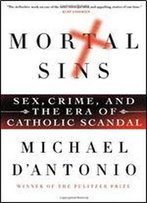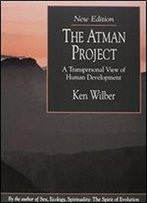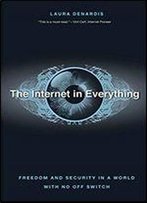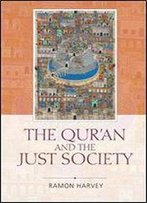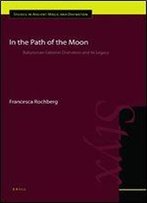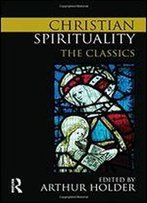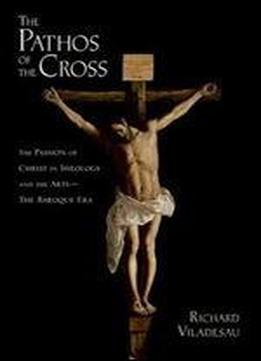
The Pathos Of The Cross: The Passion Of Christ In Theology And The Arts-the Baroque Era
by Richard Viladesau /
2014 / English / PDF
4.3 MB Download
The Baroque period was in some senses the beginning of modern Western scientific and intellectual culture-the early budding of the Enlightenment. In the light of a new scientific and historical consciousness, it saw the rise of deism and the critique of traditional forms of Christianity. Secular values and institutions were openly or surreptitiously replacing the structures of traditional Christian society. At the same time, there was also a trend of religious renewal and the reaffirmation of tradition. In Roman Catholicism, the Patristic, medieval, and Tridentine paradigms were subsumed into a powerful Counter-Reformation spirituality, propagated not only in books, treatises, and sermons, but also in music and in the works of what was arguably the last period of great sacred art. It inspired masters like Bernini, Reni, Rubens, Velzquez, Zurbarn, and Van Dyck. In the Protestant traditions, the Reformation movement found affective expression in new forms of music produced by Monteverdi, Scarlatti, Handel, Telemann, and Bach. The title, The Pathos of the Cross, points to a major aspect of the spirituality of this period: a dramatic portrayal of the events of Christ's passion meant to provoke an emotional response from the viewer and listener. Many works of the period retain their emotional pull centuries later, even though the theology they represent has been challenged and frequently rejected. This volume traces the ways in which Roman Catholic and Protestant theologies of the period proclaimed the centrality of the cross of Christ to human salvation. In a parallel movement, it illustrates how musical and artistic works of the period were both inspired and informed by these theologies, and how they moved beyond them in an aesthetic mediation of faith.
